A Business Analyst and an Anthropologist Walk into a Bar…
By Vincent Mirabelli
Anthropology and business analysis may seem like unlikely bedfellows, but these two fields share a surprising amount of common ground. Both disciplines are focused on understanding human behavior, motivations, and social structures, and both are concerned with developing insights that can be used to drive better outcomes. By bringing together the unique perspectives of these two fields, organizations can gain a deeper understanding of their customers, employees, and stakeholders, and develop more effective strategies for growth and innovation.
Anthropology is the study of human societies and cultures, and seeks to understand the ways in which people create meaning and organize themselves in social structures. Business analysis, on the other hand, is concerned with identifying and solving organizational problems, often through the use of data and quantitative analysis. While these may seem like very different disciplines, there are several ways in which they intersect.
One key area of overlap is in the study of stakeholder behavior. Anthropologists have long been interested in understanding the ways in which people make decisions, their what and why, and have developed a range of research methods for studying that behavior in different cultural contexts. Business analysts, too, are focused on understanding behavior, but often use quantitative data to identify patterns and trends. By combining these two approaches, organizations can gain a more holistic understanding of their customers, and develop more effective marketing and sales strategies.
Another area where anthropology and business analysis intersect is in the study of organizational culture. Anthropologists have long been interested in understanding the social dynamics that shape workplace behavior, and have developed a range of research methods for studying organizational culture. Business analysts, too, are concerned with understanding the factors that shape workplace behavior, but often focus on identifying inefficiencies or areas for improvement. By combining these two perspectives, organizations can develop more effective strategies for improving organizational culture and driving better outcomes for employees and stakeholders.
And then there’s the study of innovation. Anthropologists have long been interested in understanding the ways in which people create and adopt new technologies and ideas, and have developed a range of research methods for studying innovation. Business analysts, too, are focused on driving innovation within organizations, but often focus on identifying market trends or developing new products and services. By combining these two approaches, organizations can develop more effective strategies for fostering innovation and driving growth.
So how can organizations bring together the unique perspectives of anthropology and business analysis? One approach is to bring in anthropologists as consultants or researchers, who can help to provide a more nuanced understanding of consumer behavior, organizational culture, and innovation. Another approach is to train business analysts in the methods of anthropology, so that they can develop a more holistic understanding of human behavior and social dynamics. I know this has been an area of focus for me in understanding strategy and what makes an organization, from operations to culture, tick.
Regardless of the approach taken, it is clear that there is a great deal of potential for organizations that bring together the unique perspectives of anthropology and business analysis. By gaining a deeper understanding of human behavior, organizations can develop more effective strategies for growth and innovation, and drive better outcomes for their customers, employees, and stakeholders. As the world becomes increasingly complex and interconnected, the need for interdisciplinary approaches to problem-solving will only continue to grow. By bringing together the best of anthropology and business analysis, organizations can stay ahead of the curve and drive meaningful change in their industries and communities.
Want to join me as I explore this topic further? Click HERE to subscribe to my Linkedin Newsletter, “Analysis & Anthropology”



